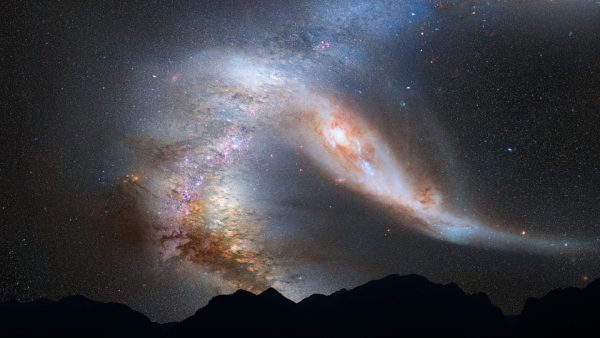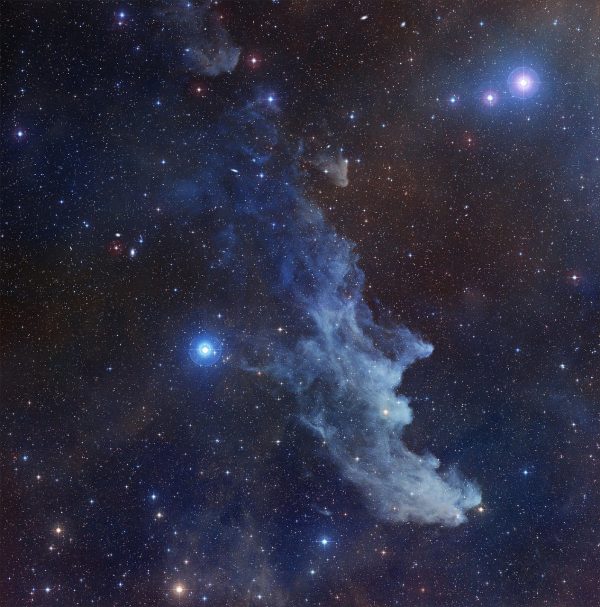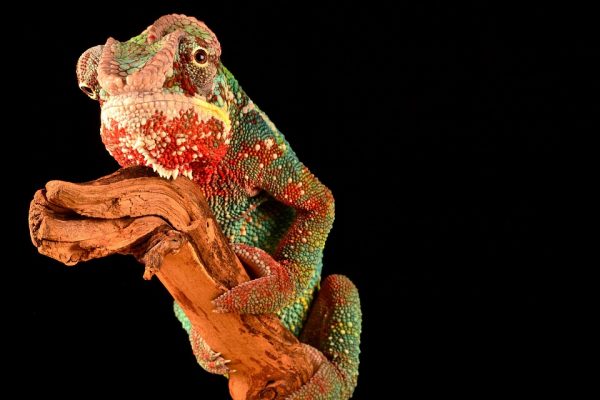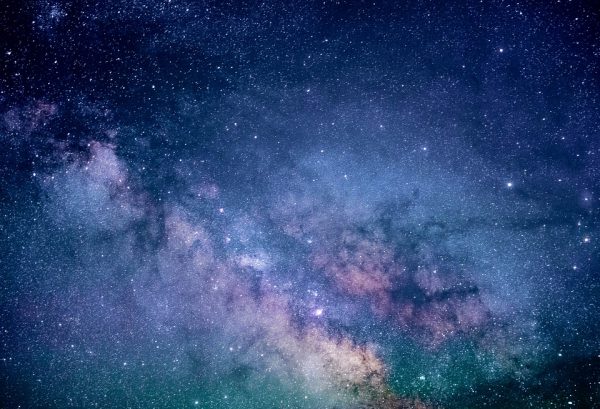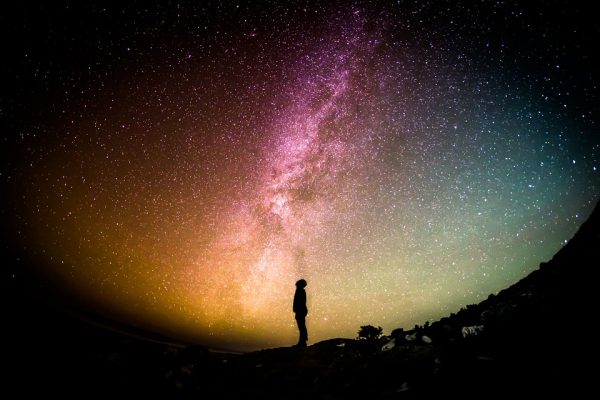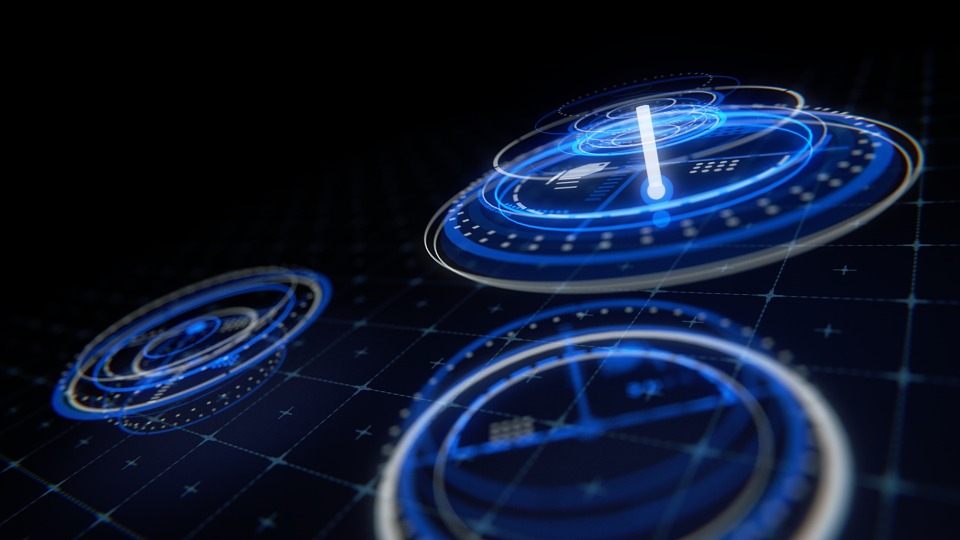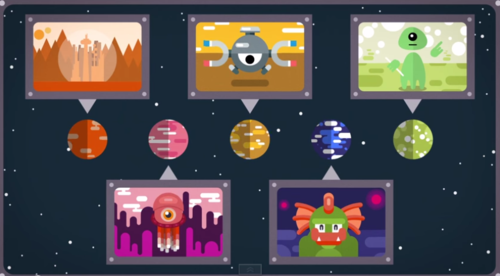SPACE: Are There Cracks in the Universe?
There might be cracks in space-time, but humanity’s telescopes can’t see them. The cracks, if they exist, are old — remnants of a time shortly after the Big Bang when the universe had just shifted from a hotter, more alien state to the cooler, more familiar one we see today. That great cool-down, what physicists call a “phase transition,” started earlier in some places than others, the theory goes. Bubbles of cooler universe formed and spread, blooming across space until they met other bubbles. Eventually, all of space transitioned, and the old universe disappeared. But that old, high-energy state might … Read more




